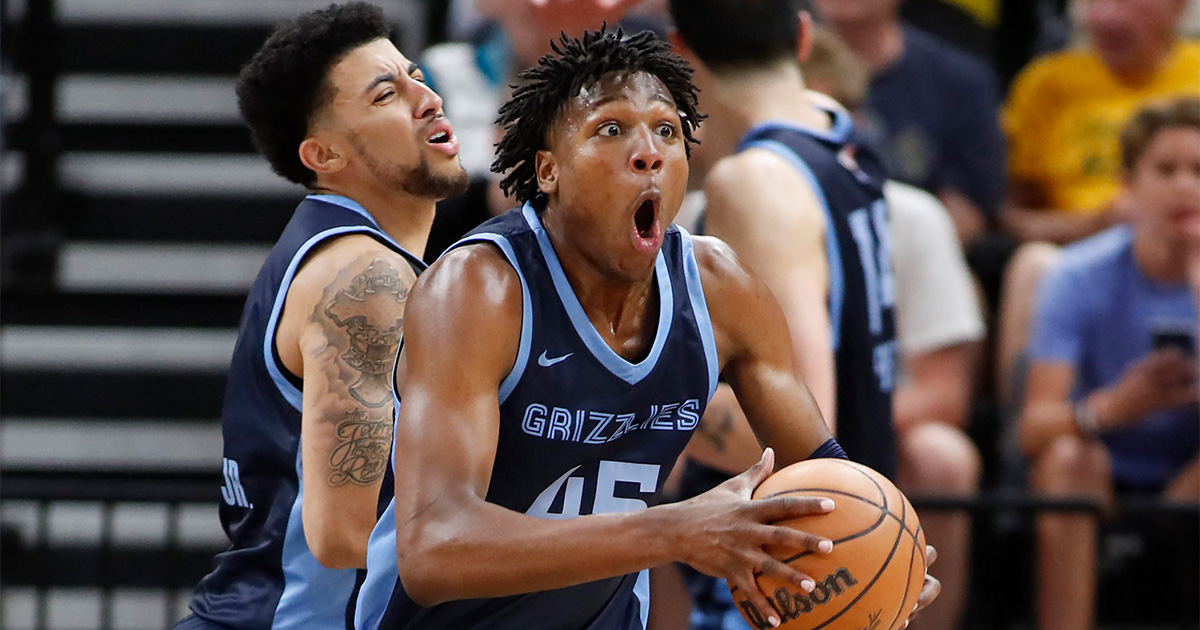Drafting is really a 50-50 game. Sometimes, you luck out, and sometimes, the “safest pick” turns out to be the biggest bust in the class. The best thing one team can do is to assure that the right men are leading the team.
For the Utah Jazz, though, they hit it all – not only do they have good coaching and front office leadership, they lucked out in snagging rookies. Whatever happens this season, much credit will remain directed at owner Ryan Smith, head coach Will Hardy, general manager Justin Zanik, and CEO of basketball operations, Danny Ainge.
Ainge probably deserves an extra mention as he basically orchestrated the super quick rebuild and acquisition of countless draft picks. It’s one thing to do the obvious, like ending the Donovan Mitchell-Rudy Gobert era, and it’s another to get quality return and make it look great.
Following all the trades from the 2022 off-season up to last month’s trade deadline, the Jazz ended up with multiple first-round picks in 2023, 2025, 2026, 2027, 2028, and 2029, as well as a roster that has a shot to make the playoffs, as led by Lauri Markkanen, Collin Sexton, Talen Horton-Tucker, Kelly Olynyk, and the star of this piece, Walker Kessler.
The surprise rookie
As the 22nd pick of the 2022 NBA draft, which was in itself already swapped around, Walker Kessler eventually became part of the massive, trade market-altering Rudy Gobert trade by the Jazz and Minnesota Timberwolves last July.
Despite being a standout at Auburn University, the 21-year-old was actually deemed as a throw-in in the deal since it was all about the future picks and he was more of a gamble, who, for all the Jazz knew, could be just another center at the end of the bench.
That quickly changed as Kessler became more and more deserving of minutes, proving to the coaches that he deserves to be on the court as much as possible.
Here’s what Hardy said of his rookie big man back in December:
“It’s pretty amazing what Walker is able to do at this stage in his career … We’ve talked about it a lot but it can’t be over-emphasized, his ability to block shots with both hands .. [He] has an unbelievable ability to be straight up and follow the ball with his eyes, and at the end, get the ball with whatever hand is on that side. He’s really, really good for us in that area.”
True to that admiration, here’s how Kessler’s minutes progressed throughout the season:
First 19 games: 15.5 minutes
Next 21 games: 21.6 minutes
Last 26 games: 28.6 minutes
As you can probably tell, the progression also translated in the other stats. In his last 26 games, where he also became a regular starter, he has become a double-double machine, posting 11.3 points, 11.2 rebounds, and 2.9 blocks per game. With such surge, he has also jumped into top five in the league in total blocks (151) and blocks per game (2.3) – note that this is in spite of having limited playing time for almost the first three months of the season. All in all thus far, he has nine games with five or more blocks.
It gets better too. Kessler’s 151 swats is currently 66 more than the Gobert, the three-time Defensive Player of the Year winner with three All-Star selections, and supposedly tough-to-replace. Gobert is nicely playing his role in Minnesota, but he has a down year for his standards (13.8 PPG, 11.5 RPG, 1.4 BPG), and the Timberwolves have looked iffy.
Nevertheless, money is also miles and miles apart. Keep in mind that the Frenchman is in year two of his 5-year, $205 million supermax contract, while Kessler is on a rookie deal worth $2.69M this year and $2.83M on the next.
With that little dent on the salary cap, Kessler is aiding the Jazz to become a very promising squad. They are 34-36, currently in for a play-in spot, and slated to get better whatever happens.
To close this one out, here’s the rook’s highlight moment on Sunday against the Boston Celtics, where he and the Jazz erased a 19-point lead to grind out a 118-117 victory. He listed yet another double-double (12 pts, 14 rebs, 3 blks) and had the game-sealing block:















